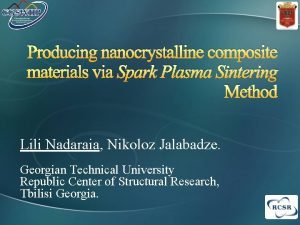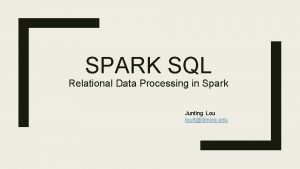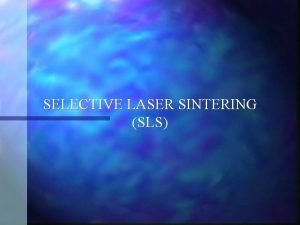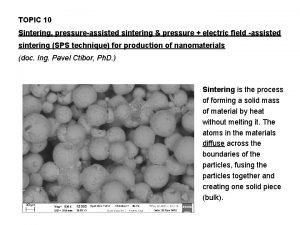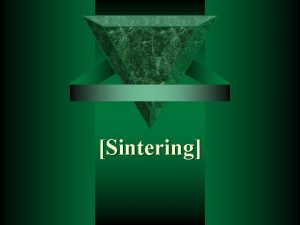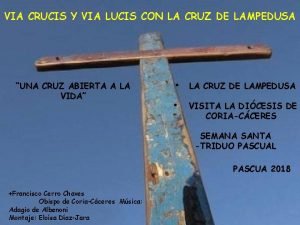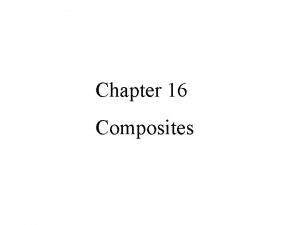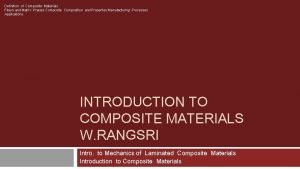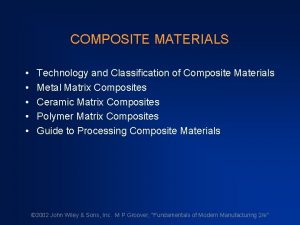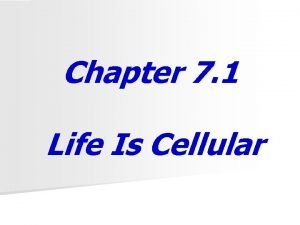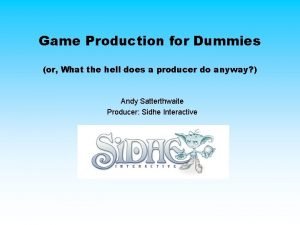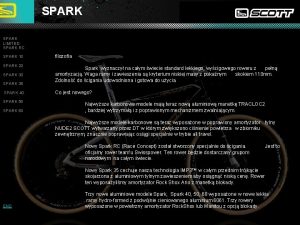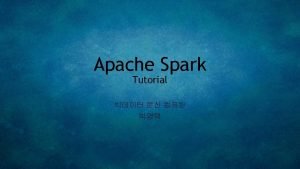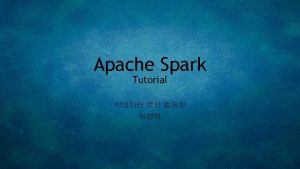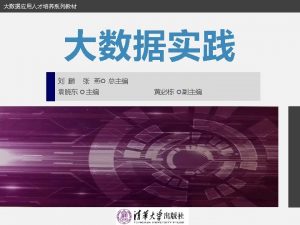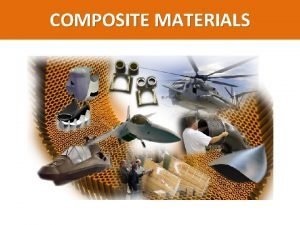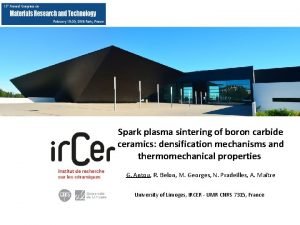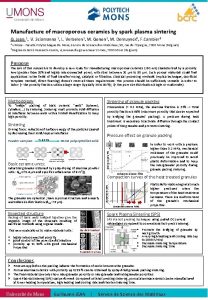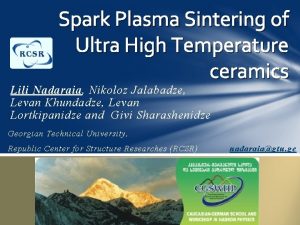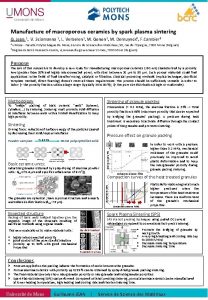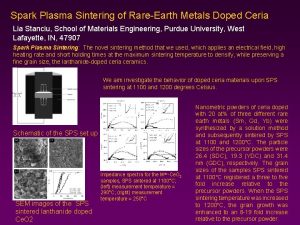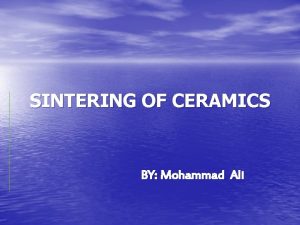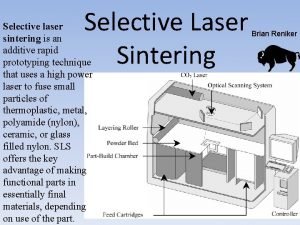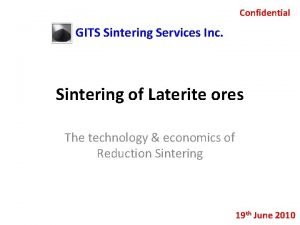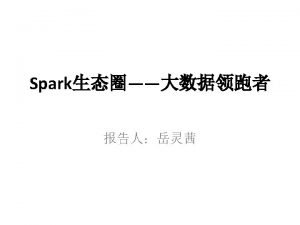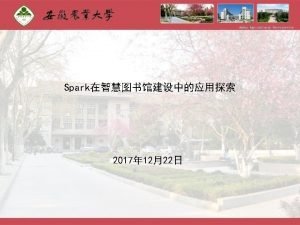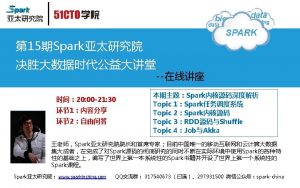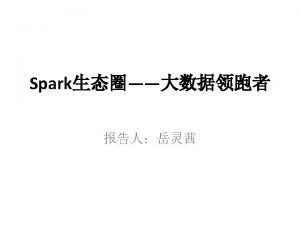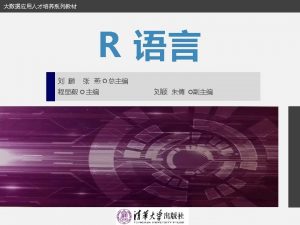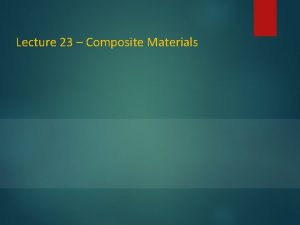Producing nanocrystalline composite materials via Spark Plasma Sintering






















- Slides: 22

Producing nanocrystalline composite materials via Spark Plasma Sintering Method Lili Nadaraia, Nikoloz Jalabadze. Georgian Technical University Republic Center of Structural Research, Tbilisi Georgia.

Spark Plasma Sintering Device Sintering temperature (max 2500 o. C) Current (max 5000 A) Applied pressure (max 100 MPa)

Spark plasma between powder particle

Current shapes Pulse DC current Shape in Japanese SPS device. Pulse DC current Shape in the developed device: a- at the frequency of 400 Hz, b- during different frequencies (T), different duration impulses (t) and different duration pauses (Tt); c - during non-pulse DC current. I AC (Alternating Current) Shapes : a- at frequency of 400 Hz, b- during different frequencies (T), different duration pulses (t) and different duration pauses (T-t); c – by using the design of the Japanese device while using pulse AC current instead of pulse DC current. I

Dry Powder Compaction under Ultrasonic Action Tomsk Polytechnic University O. L. Khasanov* and E. S. Dvilis “Net shaping nanopowders with powerful ultrasonic action and methods of density distribution control” Ultrasonic die for compacting powders. Deformation model of layers of cylindrical powder compact under conditions of die wall friction a. conventional uniaxial single action pressing; b. collector pressing a b

Schematic drawing of the modified SPS device that makes possible sintering non-conductive materials HVPG- high voltage pulse generator. 1 -2 KV LVPG- Low voltage pulse generator 10 -20 V, current force : 3000 -5000 A. USE- Ultrasonic excitation device F=22 -25 k. Hz HFG-High frecuency generator W=3 KW PD- Pulsed dynamic loading.

Schematic drawing of forming bulk sample P P T 1=T 2=T 3 T 1≠T 2≠T 3 Ignition T 1 T 2 T 1 T 3 Front Wave of SHS Self-propagating Hightemperature Synthesis SHS T 2 T 3 I SPS produces Poly SHS

Schematic drawing of Press forms P P a b c

Schematic drawing of technology Ceramic Scintillators Development of composition Hard metals Armor materials aerospace materials Powder Metallurgy Development of manufacturing process Sol-Gel Method Powder compaction etc…. High Temp. Furnaces Devices Hot Press SPS device etc…. Silicates, LSO, YSO, Aluminates , Lu. AP, Lu. AG Tungstats: PWO, Cd. WO 4, Ca. WO 4, B 4 C-Cu-Mn Ti. C-Ni-Mo-W Ti. B 2 - Ti. C WC-Co Ti. C-Ni-Mo-W Ti. C-Fe-Ni B 4 C-Ti. B 2, B 4 C-Si. C, Ti. C-Si. C, Ti. B 2 -Ti. N, Ti. B 2 -Ti. C, Ti. B 2 -Ti. NTi. C and Ti. C-Ni-Mo-W

Ytrium Aluminate SEM micrographs of nanocrystalline YAG powder. YAG sintered at the SPS different mode obtained from: a-nanopowder at 16000 C: 3 min: 20 MPa; b-nanopowder at 11000 C: 2 min: 35 MPa; c, d- coarse powder at 16500 C: 3 min: 40 MPa Volume comparison of; a- nanopowder and b-coarse powder of YAG

B-C X-ray diffraction patterns of B 4 C powder materials obtained by standard (a), SPS methods (b) SEM image of B 4 C synthesized via SPS technology X-ray diffraction patterns of B 4 C bulk materials obtained by standard (a) and SPS (b) methods of B 4 C densified by SPS (17000 C-10 min)

SEM images of B 4 C armor materials obtained by standard (a) and SPS methods (b). X-ray diffraction pattern (a) SEM images of B 4 C – Si. C (b, c)

Ti-B-Si-C Ti-B-C Ti. B 2 -Ti. C Ti-Si-C Ti. C-Si. C B-Si-C Si. C-B 4 C SEM images of “sandwich” composite sintered via SPS “Sandwich”

Ti-Al-C SEM images and XRD pattern of Ti 2 Al. C-Ti. C composite sintered via SPS.

BN-Ti-Si-C SEM images of Ti. B 2 -Ti. N-Si. C composite sintered via SPS

BN-Ti SEM images of Ti. N-Ti. B 2 composite sintered via SPS Images of Ti. N-Ti. B 2 a- XRD pattern, b- SPS sintering 3 min, c- SPS sintering 5 min

B 4 C-Ti-Zr SEM images and XRD pattern of (Ti, Zr)B 2 – (Ti, Zr)C composite sintered via SPS.

Ti-Si-C SEM images and XRD patterns of Ti. C-Si. C, Ti. C-Si. C-Ti 3 Si. C 2 and Ti 3 Si. C 2 -Ti. C composites sintered via SPS.

B 4 C–BN-Ti XRD patterns and SEM image of Ti. N-Ti. C-Ti. B 2 and Ti. B 2 -Ti. C 0. 5 N 0. 5 comosites sintered via SPS.

Preliminary ballistic testing Ti. C-W-Mo-Ni plate is able to restrain armor piercing bullets from the 10 meter distance ¤ Size of the plate -100 x 100 mm; ¤ Size of the plate fragments - 50 x 50 mm; Weight - 50 -100 g. ¤ The plate presented a package armored with ballistic textile (Kevlar, tvarin, denima); Weight of the package was 0, 6 – 0, 8 kg; ¤ Fire tests were provided by shooting from the Kalashnikov automatic gun of AKM-type; • Bullets Б 3 -32 7, 62 х39 (armor-piercing incendiary) • Bullet Mass - 7, 98± 0, 1; • Bullet speed - 730± 10 m/sec. ¤ Standard method shooting, distance - 10 m towards a plasticine target.

Conclusion There was developed new technology for manufacturing of nanocrystalline composite materials. The Spark Plasma Sintering (SPS) device was modified. Modernization of SPS device was realized by replacing of pulse DC current unit with pulse AC current unit and ultrasonic unit for receiving the standing waves. There were fabricated nanopowders of armor composite materials and bulk billets in nanocrystalline state. There were produced translucent YAG ceramics Effective aerospace materials in nanocrystalline structural state were developed. Further works will be directed to : detect ultrasonic influence on sintering process. investigate physico-mechanical properties of composite materials with desirable structure.

 Spark plasma sintering
Spark plasma sintering Spark sql: relational data processing in spark
Spark sql: relational data processing in spark Sinterstation
Sinterstation Field assisted sintering technique
Field assisted sintering technique Shaping with rack cutter
Shaping with rack cutter Meaning:sintering
Meaning:sintering Moment of inertia composite shapes
Moment of inertia composite shapes Helicopoda
Helicopoda Decimo quinta estacion via crucis
Decimo quinta estacion via crucis Palavras convergentes
Palavras convergentes Via positiva and via negativa
Via positiva and via negativa Via lucis estacion 11
Via lucis estacion 11 Matrix materials zrt
Matrix materials zrt Definition of matrix in composite materials
Definition of matrix in composite materials Composite materials classification
Composite materials classification Section 7-1 life is cellular answer key
Section 7-1 life is cellular answer key Adapting and adopting materials
Adapting and adopting materials Favourite cars
Favourite cars Direct materials budget with multiple materials
Direct materials budget with multiple materials Materials that can be useful and harmful
Materials that can be useful and harmful Natural man made
Natural man made Producing for dummies
Producing for dummies A goal of producing process specifications is to:
A goal of producing process specifications is to:
